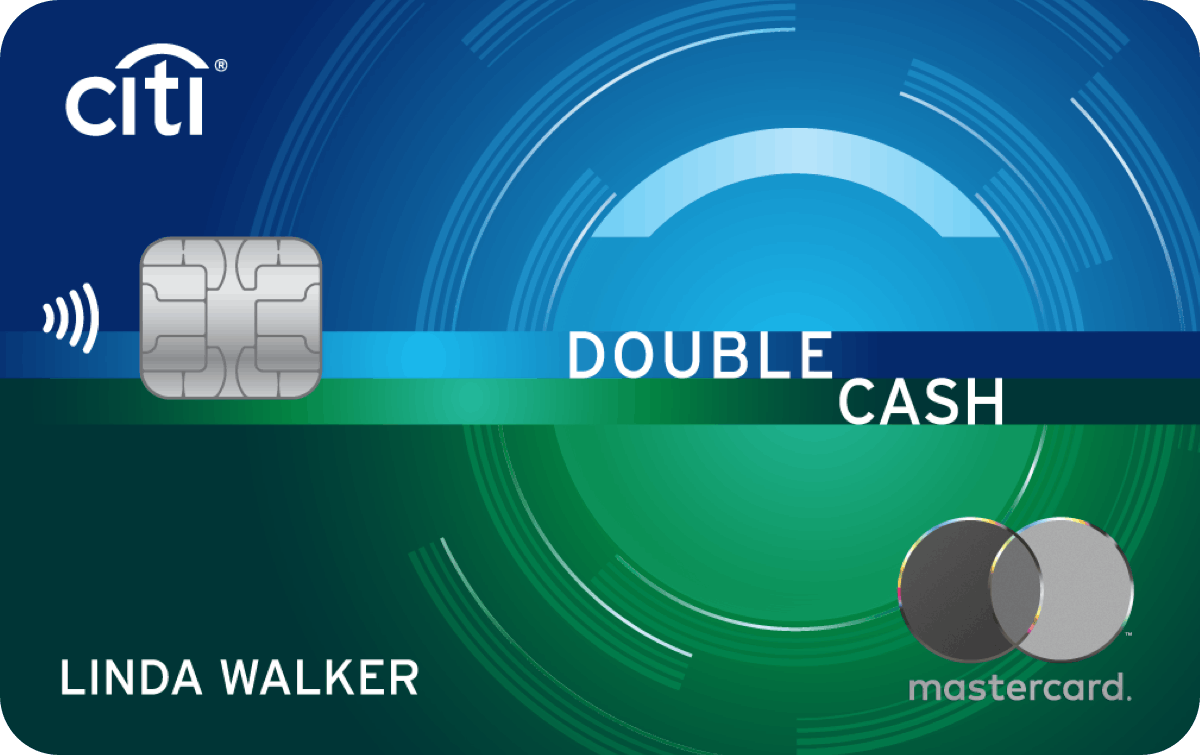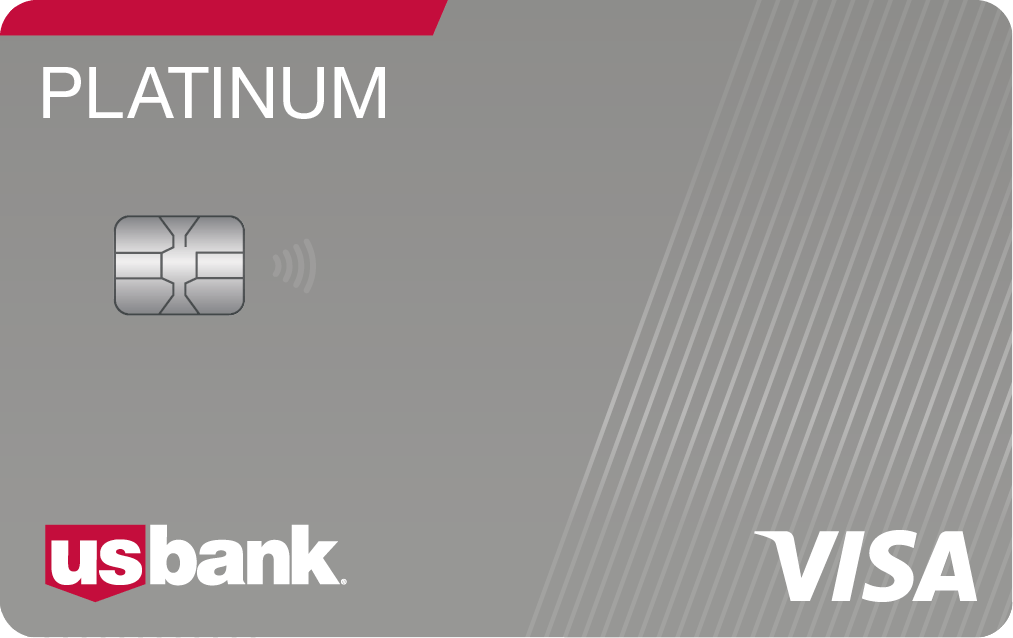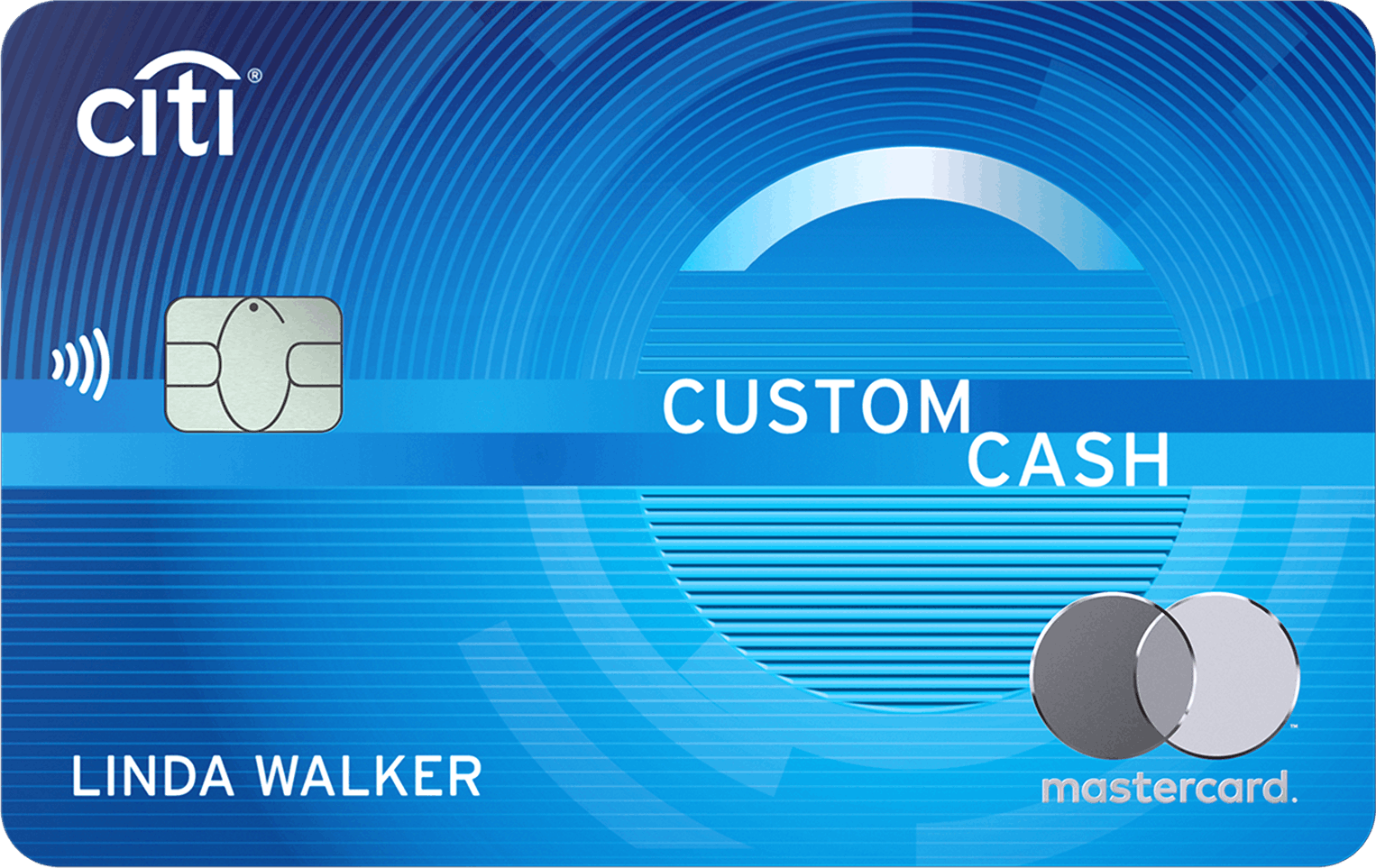In a Nutshell
The best credit cards for seniors offer straightforward rewards with low interest rates and fees to help keep your finances on track. Read on for our choices for the best credit cards for seniors for travel rewards, cash back, retirement savings, 0% intro APR, bonus cash back and AARP memberships.These offers are no longer available on our site: U.S. Bank Visa® Platinum Card, Citi Custom Cash® Card
The best credit cards for seniors can help you maintain your financial well-being and make the most of your golden years.
Here’s our take on some of the best cards available in several key categories.
| Card | Best for |
|---|---|
| Capital One Venture Rewards Credit Card | Travel |
| Citi Double Cash® Card | Simple cash back |
| Fidelity® Rewards Visa Signature® Card | Boosting retirement savings |
| U.S. Bank Visa® Platinum Card | 0% intro APR |
| Citi Custom Cash® Card | Bonus cash back |
| AARP® Essential Rewards Mastercard® from Barclays | AARP memberships |
Best for travel: Capital One Venture Rewards Credit Card
Here’s why: The Capital One Venture Rewards Credit Card makes it simple to earn and redeem your travel rewards. With flexible redemption options that don’t tie you down to a specific airline or hotel chain, you can travel on your terms.
You’ll earn an unlimited two miles for every $1 you spend on all purchases, along with five miles per $1 spent on hotel, vacation rental and rental car purchases made through Capital One Travel.
You can easily redeem those points for statement credits after you pay for travel expenses with your card. Or, if you prefer, you can use your miles to “pay” for purchases when you book your travel through Capital One. Plus, miles can be transferred to one of Capital One’s airline travel partners for even greater flexibility.
The card has an annual fee of $95. It also offers travel accident insurance, travel assistance services, no foreign transaction fee and a credit of up to $120 for a Global Entry or TSA PreCheck application to help you move through airport security lines.
For more information about how you can maximize your rewards, read our full review of the Capital One Venture Rewards Credit Card.
Best for simple cash back: Citi Double Cash® Card
Here’s why: The Citi Double Cash® Card offers a low-hassle way for you to earn cash back on all of your purchases. If you want to earn rewards on items you buy every day but don’t want to worry about keeping track of rewards categories, this card could be a good place to start.
With the Citi Double Cash® Card, you’ll earn unlimited 2% cash back on everything you buy — 1% when you buy it and 1% when you pay your bill. Plus, there’s no annual fee to cut into your rewards, which you can redeem for a check, direct deposit or statement credit.
Although this card has a straightforward rewards structure and is easy to use, you may be able to earn more with a different type of cash back credit card with higher rates in certain categories.
Check out our review of the Citi Double Cash® Card to see if it’s right for you.
Best for boosting retirement savings: Fidelity® Rewards Visa Signature® Card
Here’s why: With the Fidelity® Rewards Visa Signature® Card, cardholders with an eligible Fidelity account can earn unlimited 2% cash back on qualifying purchases when they sign up for direct deposit rewards into their account.
You’ll earn two points for every $1 you spend on purchases that count — earnings that equate to a $1 reward for every $50 you spend. Your rewards can be deposited in several kinds of eligible Fidelity accounts, including certain retirement accounts, HSAs and college savings accounts.
This gives you the flexibility to not only boost your retirement savings, but also to help meet healthcare costs or contribute to your children’s or grandchildren’s education. The Fidelity® Rewards Visa Signature® Card also has no annual fee, so you don’t have to deal with that added cost offsetting your rewards.
If you don’t have a Fidelity account but like the idea of this credit card, it might be worth contacting your retirement account provider to find out if it offers a similar option.
For additional details, check out our complete review of the Fidelity® Rewards Visa Signature® Card.
Best for 0% intro APR: U.S. Bank Visa® Platinum Card
Here’s why: The U.S. Bank Visa® Platinum Card gives seniors an opportunity to make a large purchase or transfer a high-interest balance and pay it off without accruing interest charges for a lengthy period of time. You also won’t have to pay an annual fee.
For the first 18 billing cycles, you can take advantage of an introductory 0% APR on purchases. The same 0% APR offer also extends to balance transfers made within 60 days of account opening.
Note that if you do transfer a balance to this card, you’ll need to pay a balance transfer fee: An introductory fee of either 3% of the amount of each transfer or $5 minimum, whichever is greater, for balances transferred within 60 days of account opening. After that, either 5% of the amount of each transfer or $5 minimum, whichever is greater. And when the promotional period ends, the variable APR on purchases and balance transfers increases to 17.74% - 28.74% for each.
If you need to pay for an unplanned expense, make a large purchase or pay down high-interest debt, this card gives you plenty of time to do it interest-free. Just try to make sure you can pay off your balance by the end of the intro period to avoid having to carrying a balance while the card has that higher variable APR.
To find out more, read our review of the U.S. Bank Visa® Platinum Card.
Best for bonus cash back: Citi Custom Cash® Card
Here’s why: The Citi Custom Cash® Card automatically offers a high bonus cash back rate without the hassle of tracking your spending too closely or signing up for rotating categories. There’s no annual fee, and you can get $200 cash back if you spend $1,500 on purchases in the first 6 months after account opening.
You’ll get 5% cash back on purchases on up to $500 spent in your highest eligible spending category each billing cycle. There’s a wide range of potential bonus categories, including gas, groceries, dining, drugstores, home improvement stores, gyms, live entertainment and select travel, transit and streaming services. Plus, you can earn unlimited 1% cash back after you hit the monthly spending cap and on everything else you buy.
When it comes to redeeming your points, you’ve got a few options. You can opt for cash back as a statement credit, check or deposit. Or you can redeem your points on Amazon, for gift cards or even for travel.
To learn more, read member reviews for the Citi Custom Cash® Card.
Best for AARP memberships: AARP® Essential Rewards Mastercard® from Barclays
Here’s why: If you’re an AARP member, this card gives you the chance to redeem rewards toward your membership cost. You won’t pay an annual fee. And if you spend $1,000 on purchases in the first 90 days after account opening, you can earn a $200 cash back bonus.
With the AARP® Essential Rewards Mastercard® from Barclays, you’ll earn 1% unlimited cash back on everything you buy. And bonus categories include unlimited 3% cash back on gas and drugstore purchases (excluding Walmart and Targert), plus 2% cash back on medical expenses.
Rewards never expire and you can redeem them for cash back or an AARP membership, which you can use for yourself or give as a gift.
Check out our review of the AARP® Essential Rewards Mastercard® from Barclays to see if it’s right for you.
How we picked the best credit cards for seniors
To choose the best cards for seniors, we reviewed dozens of options from a variety of credit card issuers and chose the cards we thought would appeal to the broadest audience of seniors.
When making our picks, we wanted to choose cards that can help seniors make the most of retirement by providing rewards with simple structures, including straightforward redemption systems and options that offer flexibility based on the cardholder’s preferences.
At the same time, we were mindful that many senior citizens live on a fixed income, so we also tried to select cards with low interest rates and minimal fees — features that may help you keep your finances under control.
How to make the most of these credit cards
To make the most of your credit card, choose the type of credit card that’s right for you based on your lifestyle, financial situation and how you plan to use it.
For example, if you don’t like to travel, it probably doesn’t make sense to get a credit card that offers travel rewards. But getting one that offers cash back may be a good option. At the same time, securing a card with a low APR may not be a priority for you if you don’t carry a balance on your credit card.
Regardless of what type of card you choose, be sure to read the fine print in your card’s terms and conditions. Understanding how rewards systems and payment schedules work can be the difference between a stress-free credit card and one that leads to confusion and fees.
*Approval Odds are not a guarantee of approval. Credit Karma determines Approval Odds by comparing your credit profile to other Credit Karma members who were approved for the card shown, or whether you meet certain criteria determined by the lender. Of course, there’s no such thing as a sure thing, but knowing your Approval Odds may help you narrow down your choices. For example, you may not be approved because you don’t meet the lender’s “ability to pay standard” after they verify your income and employment; or, you already have the maximum number of accounts with that specific lender.






